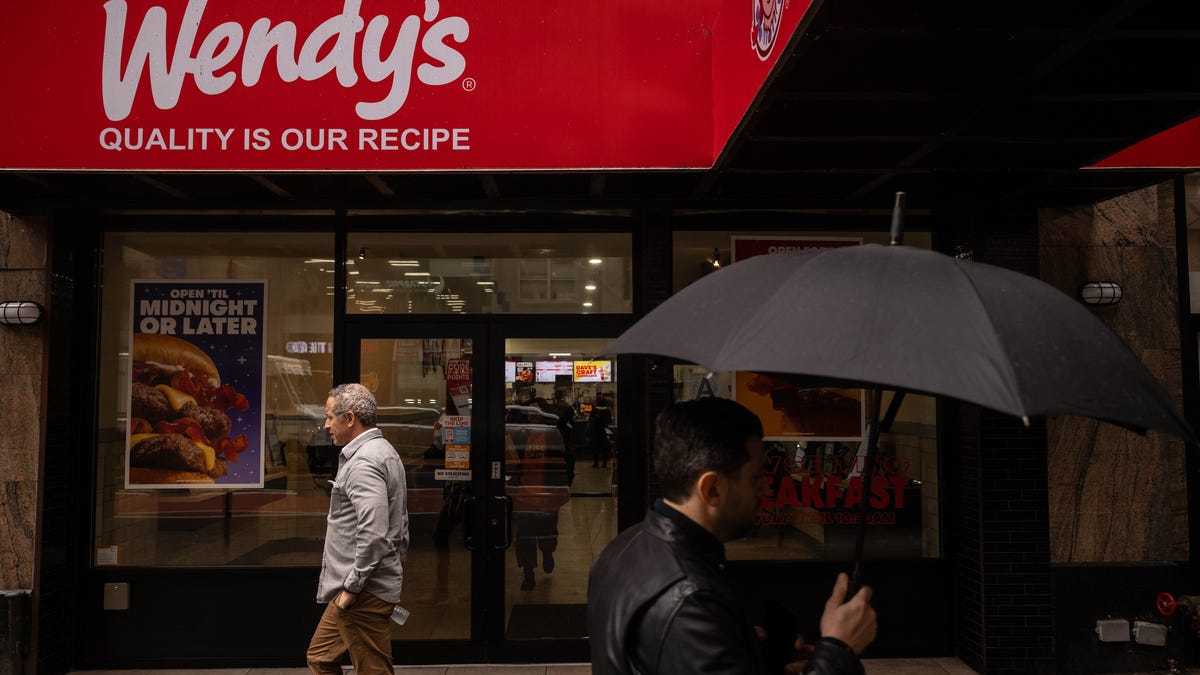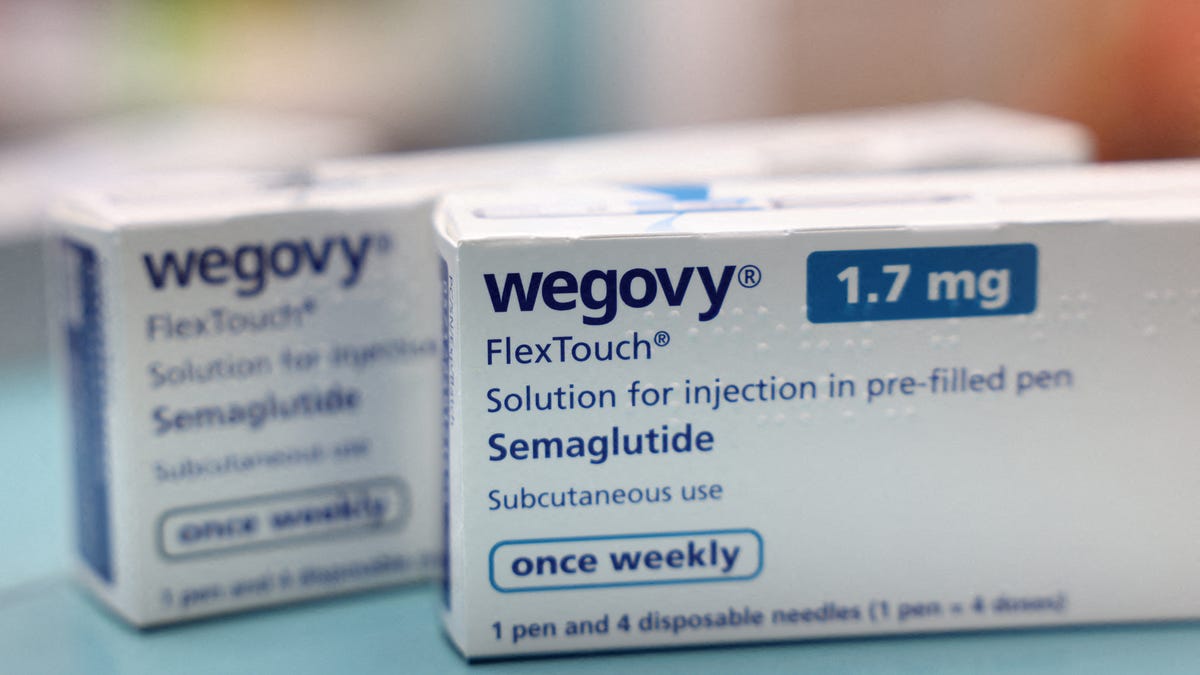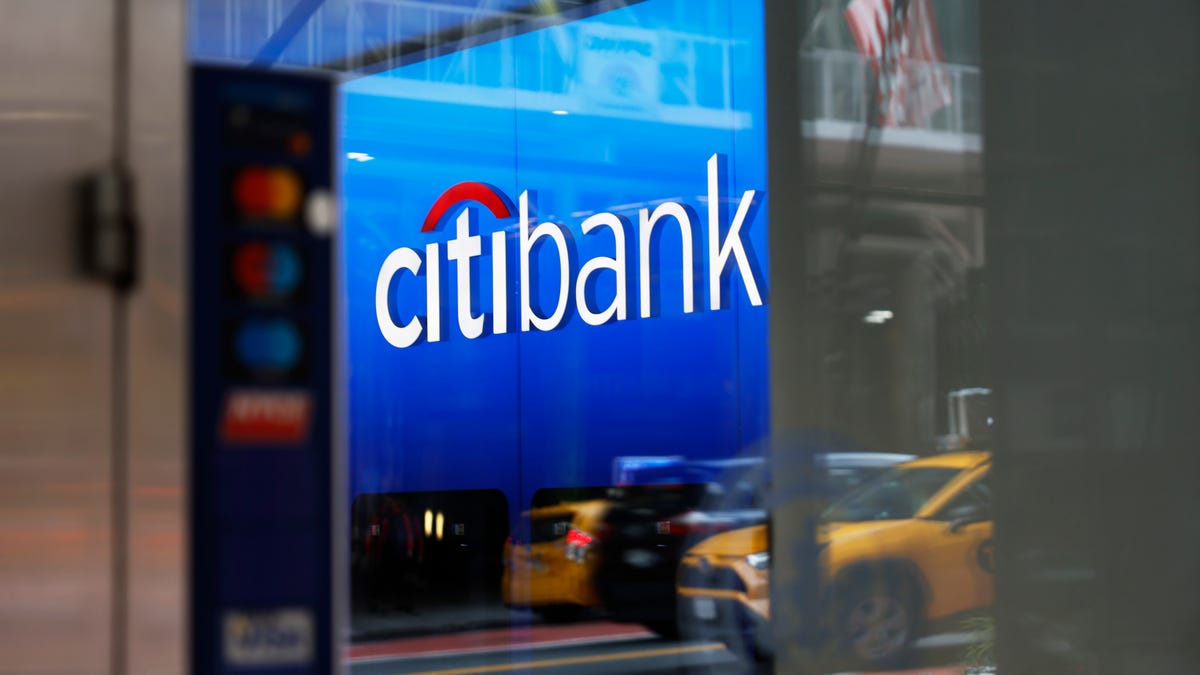Impact of GLP-1 Drugs on Consumer Spending Habits
Recent data from a Morgan Stanley survey reveals a fascinating trend among individuals using GLP-1 drugs, such as Ozempic and Wegovy – a significant decrease in spending at restaurants. These medications, commonly prescribed for weight loss and diabetes management, have been shown to suppress the appetite of users, leading to altered consumer behaviors.
The demand for GLP-1 medications has surged in the past year, with analysts now predicting a substantial growth in the global market, reaching an estimated $105 billion by 2030. The adoption of these drugs is expected to impact approximately 31.5 million individuals in the U.S. by 2035, constituting about 9% of the total population.
Concerns from Food Industry Leaders
CEOs of food companies have expressed apprehension regarding the economic consequences of the rising popularity of GLP-1 drugs. Lars Fruergaard Jorgensen, CEO of Novo Nordisk, the pharmaceutical company behind Ozempic and Wegovy, revealed that fellow executives in the food sector have reached out to him seeking advice on navigating this trend.
The survey conducted by Morgan Stanley in February further validates these concerns, indicating that a majority of respondents using GLP-1 drugs have curtailed their spending on dining out, takeout, and grocery shopping. This shift in consumer behavior is evident in the data, with 63% reporting reduced expenditures at restaurants, 61% spending less on takeout and food deliveries, and 31% cutting back on grocery expenses.
Forecast for the Food Industry
While the increased use of GLP-1 drugs poses a notable challenge for some food establishments, the analysts at Morgan Stanley suggest that it represents a “manageable long-term pressure” rather than an existential threat. Fast-casual restaurants with a focus on healthier options, such as Cava, Chipotle, and Sweetgreen, are better positioned to adapt to changing consumer habits.
On the other hand, traditional fast-food chains like Jack in the Box, Wendy’s, and Wingstop may experience greater pressure as consumers gravitate towards healthier eating choices. As the landscape of consumer preferences continues to evolve, businesses in the food industry will need to strategize and innovate to remain competitive in this shifting market.
Image/Photo credit: source url





